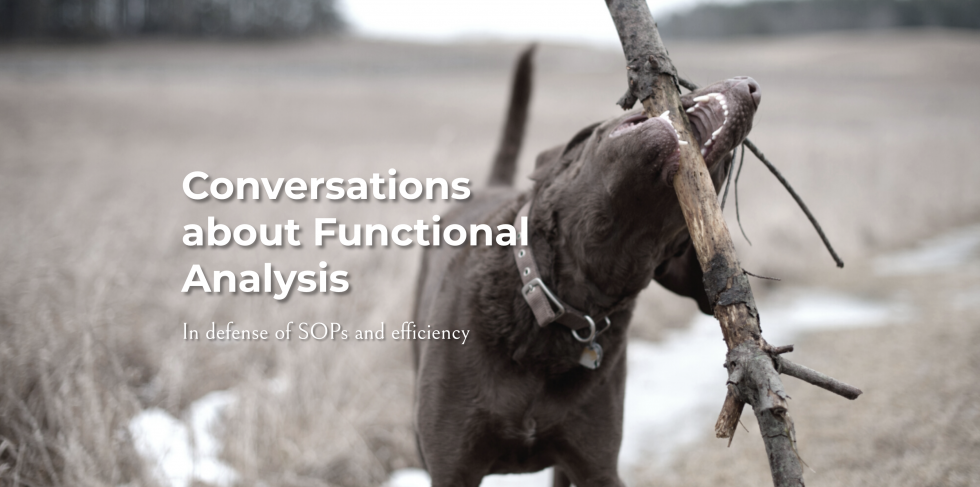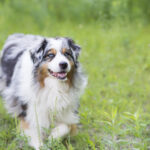The Academy’s director Jean Donaldson speaks with staffer Kristi Benson about functional analyses in pet dog training and why standard operating procedures are often more important.
Kristi:
A perennially fascinating topic for dog training professionals is the use and usefulness of functional assessments or functional analyses. Functional analyses are a tool in the applied behaviour toolkit, and they’re based on the premise that behaviour serves a function—that is, when an animal does something, when they move their bodies through space, there is a reason for them to do so. Before we turn to functional analysis, let’s touch first on this idea, that behaviour serves a function. The Academy’s curriculum spends no small amount of time on the function of behaviour, especially as it relates to evolution. Why do you think it’s important for trainers to understand how behaviour functions for us organisms? And further, do you think it matters for all trainers to have a grounding in this topic, or is it useful mainly for those who take cases outside of the obedience and sports realm?
Jean:
The two broad kinds of “why,” that of proximal causes (immediate triggers for behavior, the stuff we can manipulate to change behavior), including learning histories, and deeper causes (how behavior served the animal and was originally selected for during evolution – including the capacity to adapt in real time, i.e. learning) are both important for us to understand. The former helps us give insight to owners with regards to how the environmental conditions, including how they respond, supports a behavior they want more or less of, as well as providing clues about which conditions we might alter to change it.
For example, a dog jumps up to greet, gets to lick the owner’s face, and the dog continues jumping up. The owner would prefer the dog to sit. So sitting is reinforced in gradually more challenging contexts, either using an alternative reinforcer – food, patting and praise – *and/or* with offering the dog one’s face to lick at dog 4-on-floor height.
The latter type of “why,” that of adaptive significance – how a behavior contributed to an individual’s ancestors’ performance at surviving to reproductive age and successfully reproducing – usually offers us less in terms of practicalities but can give us important and fascinating ah-has. So using the same example, if the owner is a curious type and wants to know why face-licking is reinforcing to the dog in the first place, we can lay out current best hypotheses (retained action pattern from puppyhood regurgitation prompting, co-opted as greeting after absence).
I do think pet trainers need an understanding of both the immediate antecedents and consequences that support behavior, so we can manipulate these, and an understanding of deeper kinds of why, to have a more thorough and profound understanding of behavior for normalization purposes, and to educate those owners who are interested. Sports trainers maybe less so. It’s fun to know drivey dogs have exaggerated or compulsive portions of predation sequences, but it’s less critical.
The two broad kinds of “why,” that of proximal causes (immediate triggers for behavior, the stuff we can manipulate to change behavior), including learning histories, and deeper causes (how behavior served the animal and was originally selected for during evolution – including the capacity to adapt in real time, i.e. learning) are both important for us to understand.
Kristi:
One of the tools used in our curriculum to teach our students about dog training is functional analysis. When dogs are gaining consequences through behaviour that is at odds with the humans in their world, understanding how to tease out the antecedents that trigger the behaviour and the consequences that are maintaining the behaviour is useful indeed. The idea and practice of functional analysis is introduced, in our modules, when we’re speaking about using differential reinforcement protocols to change a dog’s behaviour. In your example above, the consequence of facial proximity maintaining the behaviour of jumping up during greeting contexts is a bit of revelation to new dog trainers, and the ability to put antecedents, behaviours, and consequences into neat boxes sets the stage for ways to help clients: management and training decisions can flow from this knowledge. Our students are also coached to get into the habit of thinking about behaviour using this paradigm more generally: dogs do what works.
Although we expect our students to understand what functional analysis is, and how to do it, we do not coach our students to use functional analysis with the vast majority of the case types they’ll have. Instead, we encourage them to rely upon standard operating protocols for behaviours that are typically encountered when we meet with our clients, and flow charts for behaviours and issues that are less frequently seen. Why is this?
Jean:
So, so important. For many of the bread-and-butter behavior problems and dog manners stuff we deal with on a daily basis, a functional analysis isn’t necessary. It’s kind of already been done, so we can get onto using a field-tested protocol right away. An unhousetrained puppy urinates on carpets for the same reason the other 10 000 before him did. And the standard operating procedure for housetraining we have is very, very honed. It works without performing a functional analysis for this one puppy. Ditto chewing. Ditto puppy biting. Ditto food bowl guarding. And on and on. We have well-vetted, field-tested procedures for these things, as well as client coaching procedures and the sooner we got on with it the better. Prevaricating until a functional analysis is thought through is inefficient, and poor use of client time and money. We do train our practitioners to spot possible zebras – uncommon behavior problems or behavior driven not by the usual suspects. And in those cases, a functional analysis can be helpful. But most of the time, we’re dealing with horses.
We do train our practitioners to spot possible zebras – uncommon behavior problems or behavior driven not by the usual suspects. And in those cases, a functional analysis can be helpful. But most of the time, we’re dealing with horses.
Kristi:
Our clients, and their dogs, absolutely live in the real world, where efficiency matters, don’t they? If we as trainers take precious time and energy to assess dogs for normal dog stuff, this isn’t without consequence. The dog can, and often does, suffer: warehousing, euthanasia, or the introduction of aversive training techniques and tools are all game when dog guardians find their needs unmet.
I also worry that an over-reliance on functional analyses releases trainers from understanding the full spectrum of both dog behaviours and behaviour modification techniques. Not all behaviour has a function in the immediate context, i.e. the context in which a functional analysis serves to pull out antecedents and consequences. In your experience, what are some behaviours that are both important for the comfort and welfare of dogs and their human family members, and not linked to immediate consequences?
Jean:
The clients in the real world factor is what separates pet dog training as a specialty from sports or pleasure training. We operate under the particular time, energy, financial and interest constraints of non-dog trainer families, who sometimes also need some hefty dismantling of pernicious myths that hamper our efforts. They love their dogs and they hired a (hopefully competent) trainer for crying out loud, but they’re not us. So yes, yes, yes, it is not without consequence if we misuse any of these finite client resources. And one way is needless analysis of common unwanted behaviors for which we have standard operating procedures for. If I show up to my doctor with a broken fibula, I don’t want her to weigh relative contributions of my inattention to where I was walking, my age, and depth of the hole I stepped into. I want an X-ray, setting if necessary and a walking cast. We have this equivalent for *many* pet dog problem scenarios. Any time not devoted to fast owner relief and upgrading of dog welfare puts the dog at risk for exactly what you describe: aversive trainers who *will* seem to get the job done efficiently, warehousing or euthanasia.
And I take your point about cramming all behavior into the antecedent-consequence box. Not only does it rob us of a richer and more nuanced understanding of the fascinating evolutionary contribution of modal action patterns and how these are affected by domestication, they lead us astray, in my opinion, when it comes to behavior that is primarily driven by this old software, and by emotions like fear and anxiety. For instance, watchdog barking, which can seem, in a functional analysis to be Antecedent (mailman intruder) – Behavior (barking) – Consequence (intruder leaves), resulting in a superstitious operant; or A (visitor) – B (barking) – C (visitor/attention from owner) or some combination thereof is really fraught. It’s much more fruitfully seen as software being triggered. Dogs were likely sentries in their past with humans and there was clearly selection pressure on this kind of alerting. So the behavior was selected for in evolutionary time, not in real time by Consequences in the ABA sense. Now you could tortuously stretch it and say, “the A is intruder, the B is barking and the C is the intrinsic reinforcement of completing some selected for software” but this leaves you down the garden path, modification-wise. Why not just state the reality, say, “many dogs inherited watchdog barking software” and then go to behavior change protocols that are field-tested and effective.
Or food guarding. Yeah, you could say it’s negatively reinforced by the withdrawal of the approacher but this again leads you to what? Making sure families don’t reinforce it by standing their ground or continuing to approach when the dog threatens them? Why not tell families that their dogs are kind of saddled with rusty software that served their ancestors and we have really good technology to fix it. And then fix it. And fix it, incidentally using respondent-based protocols that get at the underlying discomfort, rather than slavishly ABC-ing it.
Why not tell families that their dogs are kind of saddled with rusty software that served their ancestors and we have really good technology to fix it. And then fix it. And fix it, incidentally using respondent-based protocols that get at the underlying discomfort, rather than slavishly ABC-ing it.
Kristi:
Absolutely. The watchdog barking examples are so interesting, in how little the dog needs either of those purportedly maintaining consequences! Functional analysis also won’t clarify if the dog is actually afraid of strangers in the same way that observation and history-taking will, and very quickly. And we really can’t forget the leagues of dogs who, for example, tolerate stimuli like vet care or children without unambiguous flight or fight, but who clearly demonstrate that they’re uncomfortable. They still deserve a quality training protocol and great management, despite there being no clear consequence of note, and in some cases no clear “behaviour” outside of some body language. They deserve help and relief as quickly as we can provide it.
Finally, I think it’s really important to stress how straightforward it is to modify a huge swath of typical dog behaviour issues without needing to dive deeply into the function, be it proximal or not (our graduates are successfully helping clients by the droves, so that proof is very much in the pudding). It’s as important for us as dog professionals to develop or use efficient standard operating procedures as it is to understand the function of canine behaviour in a broad, evolutionary sense. Nicely, there is always enough flexibility built into standard operating procedures to work with both the client and the dog in question, which does wonders to allay the fears of new trainers who worry that this approach to clients means that we don’t consider each dog and situation carefully and with personalization.
Thank so much for another great conversation, Jean!
The Academy for Dog Trainers was founded in 1999 by Jean Donaldson. Jean is one of the top dog trainers in the world and has lectured extensively in the US, Canada, the UK, Europe, Australia, New Zealand and Japan. She is a four-time winner of The Dog Writers’ Association of America’s Maxwell Award, and her seminal book The Culture Clash was named number one training and behavior book by The Association of Pet Dog Trainers. Her other titles are Mine! A Guide to Resource Guarding in Dogs, Fight! A Guide to Dog-Dog Aggression, Dogs Are From Neptune, and Oh Behave! Dogs From Pavlov to Premack to Pinker.
Kristi lives in San Clara, Manitoba, Canada, where she is the owner of Kristi Benson Dog Training. She works with clients both in person in the surrounding communities and via distance consults with dog owners across Canada. Kristi also creates online learning courses with her Academy colleagues. At the Academy, she runs special projects like the Husbandry Project and liaises with the Academy’s research teams. She also organizes the weekly Wednesday webinars offered to students and grads, finding fantastic guest presenters to compliment the webinars produced in-house, such as quizzes, interactive webinars, and curriculum-related content. Kristi also coaches and mentors students.











